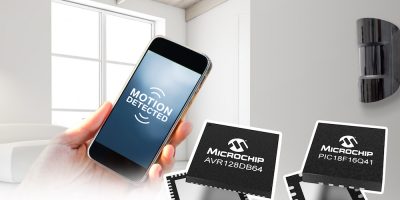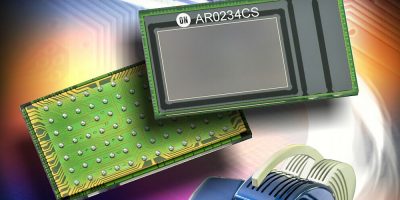Swiss positioning and wireless communication specialist, u-blox, has integrated low power wide area (LPWA) connectivity and a global navigation satellite system (GNSS) technology into a small system in package (SiP) form factor. The Alex-R5 is a miniature cellular module designed for size-constrained asset tracking, wearable and healthcare applications.
It features the secure u-blox UBX-R5 LTE-M / NB-IoT chipset with Secure Cloud functionality and the u-blox M8 GNSS chip for location accuracy.
Alex-R5 has a small footprint of 14 x 14mm footprint. The SiP design reduces its size by half, compared to the functionally equivalent u-blox SARA-R5 module.
Its 23dBm cellular transmission power guarantees that end devices operate effectively in all signal conditions, even at cell edges, underground, or in other challenging scenarios. A dedicated GNSS antenna interface enables fully independent, simultaneous operation of the u-blox M8 GNSS chip, matching the performance of a stand-alone u-blox M8 module. To further enhance positioning, there is the u-blox IoT Location-as-a-Service with CellLocate and AssistNow (online, offline, and autonomous).
Alex-R5 is optimised for power-sensitive and battery-dependent applications, says u-blox, including wearables and connected medical devices. The lower power modes of the u-blox UBX-R5 and UBX-M8 chipsets give users options to balance power consumption and performance using GNSS Super-E mode.
The rugged SiP construction is suitable for harsh environments, where moisture or vibration would be a concern for conventional modules, says u-blox. Alex-R5 is rated at moisture sensitivity level 3 (MSL 3), offering reduced handling and device production complexity.
u-blox guarantees long-term device availability and provides lifetime support for the entire platform, down to the chipset level. Secure Cloud functionality supporting IoT-Security-as-a-Service based on an internal, hardware-based secure element enables a pre-shared key management system specifically designed for LPWA devices.
In addition, Alex-R5 futureproofs IoT devices and networks by enabling customers to software upgrade deployed devices for compatibility with 5G networks in a seamless transition as 5G networks are rolled out by mobile operators.
Engineering samples of the Alex-R5 SiP will be available by Q1, 2021.







